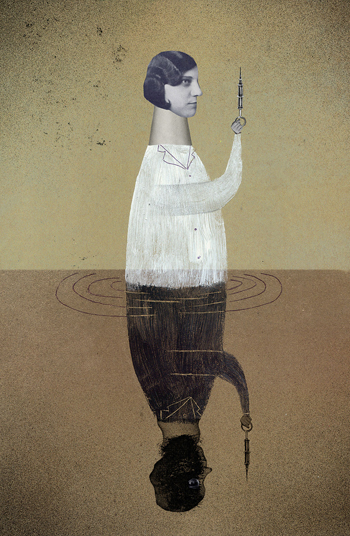Mercy or murder
David Plunkert |
|
 |
|
By DAVID MAGNUS
Question: I recently read that a grand jury is investigating a physician and two nurses charged with murder for giving hospital patients an overdose of painkillers during hurricane Katrina’s aftermath. Was what they did really murder? Don’t physicians do this all the time to take dying patients out of their misery?
Answer: This case is heart-breaking and complicated.
The events occurred at Memorial Hospital in New Orleans, which had no power, little food, temperatures in excess of 100 degrees and looters right outside. The heroism of those who stayed and cared for patients under truly horrible conditions leaves me in awe.
The law draws a bright line in medicine between euthanasia — intentionally ending a patient’s life — and allowable activities that result in a patient’s death. In the United States, euthanasia is illegal. Some other activities easily confused with euthanasia are not only legal, but obligatory according to ethical medical practice. For example, it’s a patient’s right to refuse or discontinue a treatment. So a doctor who withdraws ventilator care enabling a patient to breathe is not practicing euthanasia, if that’s what the patient wishes. In such a case, the doctor is respecting a patient’s right to self-determination.
But perhaps more pertinent to the New Orleans case is the difficulty in discerning the difference between intentionally killing and intending to do something that will help the patient but carries a risk of death. Relieving pain is a legitimate medical goal. Therefore physicians can (and should) provide pain medication to relieve a patient’s suffering — even if a foreseeable consequence of that will be to possibly (or even probably) hasten the patient’s death.
David Magnus, PhD, directs the Stanford Center for Biomedical Ethics. Send your questions to or Ask the Bioethicist, Stanford Center for Biomedical Ethics, 701 Welch Road, Suite 1105, Palo Alto, CA 94304
Comments? Contact Stanford Medicine at

